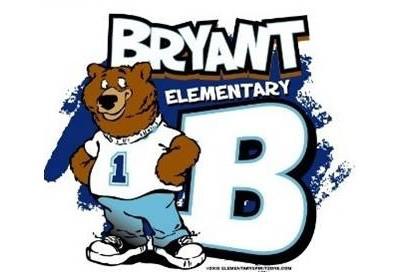What Are Restorative Practices? Link to this section
Restorative Practices involves the building of positive relationships and establishing a supportive environment that is fair, consistent, and democratic. It involves interventions when harm has happened, as well as practices that help to prevent harm and conflict by creating a sense of belonging, safety, and social responsibility within the school community.
At the core, restorative practices are about building and restoring relationships.
The underlying principle is that relationships are important, and when an incident occurs, the focus is on the harm caused to the relationship and the subsequent repairing of that harm rather than what rule has been broken and, therefore, what consequences will be imposed.
A Restorative Approach... Link to this section
- Encourages students to understand the impact of and appreciate the consequences of their actions.
- Provides an opportunity for those harmed by another's actions to share their personal experience.
- Requires students to be accountable for their actions.
- Encourages respect for all concerned and develops empathy for others.
- Views conflicts as opportunities to learn through problem-solving.
Benefits of Restorative Approaches Link to this section
- A safer, more caring environment
- A more effective teaching and learning environment
- A greater commitment by everyone to taking the time to listen to one another
- A reduction in bullying and other interpersonal conflicts
- A greater awareness around the importance of connectedness among young people
- Addresses the need to belong and feel valued by peers and significant adults
- Provides greater emphasis on responses to inappropriate behavior that seek to reconnect, and not further disconnect young people
- Reduces suspensions and expulsions
- Results in greater teacher/staff confidence to deal with challenging situations
Link to this section
Link to this section
Link to this section
Link to this section
Link to this section
Link to this section
Link to this section
Link to this section
Link to this section
Link to this section
Key Questions Link to this section
A restorative approach to conflict and wrongdoing consists of asking key questions:
-
What happened, and what were you thinking at the time?
-
What have you thought about since?
-
Who has been affected by what you have done and how?
-
What about this has been hardest for you?
-
What needs to be done to make it right?
Read more about SFUSD's Restorative Practices here: https://www.healthiersf.org/RestorativePractices
This page was last updated on June 28, 2019


